I am so happy. I’ve been writing for the Prostate Cancer Foundation for several months now; everything I’m writing is for men with prostate cancer and their families. It’s right up my alley – telling men what they need to know, what their doctors might not tell them or may not even know, and most of all, doing my best to be upbeat because there is so much hope out there for men at every stage of this disease. When the PCF says the website is a “go,” I will be able to tell you more, and share all that with you.
But here’s a preview: One story has me so fired up that I just want to give you the highlights. It turns out that prostate cancer is a disease of inflammation, just like diabetes. You know what inflammation is – when you skin your knee, and it gets all red and hot around the wound. That’s your body’s way of attacking the germs, and in the case of a skinned knee, it’s a good thing.
Unfortunately, the same process gets triggered on a much smaller scale within your cells. A lot of things can cause inflammation within the cells, including fried foods and even sexually transmitted diseases. Those are topics for another post.
Fat can trigger inflammation, too. It turns out that people who are overweight tend to have higher glucose levels, higher insulin levels, and to produce cytokines – immune system boosters, which can encourage inflammation; sometimes inflammation is good, if it helps you fight off infection, but other times, it can put added stress on the body and perhaps tip the balance toward cancer,
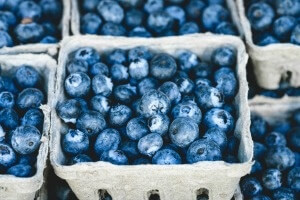 The good news is that it is never too late to change your lifestyle – and to have this change instantly lower your cancer risk. If you lose weight and start to exercise early in life, you may delay or even stop some of the processes that lead to prostate cancer. If you lose weight, and if you exercise after you are diagnosed with cancer, you will certainly be in better shape for treatment. You will also help lower your risk of having the cancer come back. If you are battling cancer right now, losing weight and exercising may help deprive the cancer of some of the things it needs to thrive.
The good news is that it is never too late to change your lifestyle – and to have this change instantly lower your cancer risk. If you lose weight and start to exercise early in life, you may delay or even stop some of the processes that lead to prostate cancer. If you lose weight, and if you exercise after you are diagnosed with cancer, you will certainly be in better shape for treatment. You will also help lower your risk of having the cancer come back. If you are battling cancer right now, losing weight and exercising may help deprive the cancer of some of the things it needs to thrive.
This is not just happening in prostate cancer. Yale scientist Melinda Irwin, Ph.D., M.P.H., presenting her research at the big yearly meeting of the American Society of Clinical Oncology (ASCO) in Chicago, announced that she and colleagues found a “strong connection between exercise after (breast cancer) diagnosis and mortality.” Even in women who had never really been active previously, starting regular exercise “seemed to show a great impact.”
Irwin, an epidemiologist at the Yale School of Public Health, is probably not the favorite of the pharmaceutical industry; she has gone on record in the past pointing out that most large-scale drug trials don’t include a lifestyle component. That’s because big Pharm “has no incentive to fund lifestyle behavioral interventions. Why would they? There’s no pill to take.”
And yet the connection between obesity and cancer keeps getting stronger. ASCO, in a paper published in the online edition of the Journal of Clinical Oncology, has stated that being overweight “is associated with worsened prognosis after cancer diagnosis.” It also said that if you are overweight and are diagnosed with cancer, chemotherapy or other treatment might not work as well; you may have more complications from treatment, may be more likely to have cancer develop somewhere else, and you have a higher risk of dying from cancer.
ASCO estimates that as many as 84,000 cancer diagnoses each year are due to obesity, and that being overweight or obese is the cause of as much as 20 percent of all cancer-related deaths. The National Cancer Institute has linked being overweight to “poorer outcomes in cancer patients,” and to raising the risk cancers including breast, colon, prostate, kidney, pancreas, esophagus, and gallbladder.
In a different study, European scientists just showed that having “central obesity” – fat in the belly, around the heart – makes you more likely to develop more aggressive prostate cancer. The EPIC (for European Prospective Investigation into Cancer and Nutrition) study followed nearly 142,000 men from eight European countries for 14 years; the average age of the men when it began was 52. Nearly 7,000 of those men were diagnosed with prostate cancer, and 934 of them died of it. The scientists looked particularly at the men with the worst tumors. They found there was a 14 percent greater risk of dying from prostate cancer for every 5-unit increase of Body Mass Index, and an 18 percent higher risk for every 10-centimeter (about four inches) increase in waist circumference.
Having fat right around the waistline is already linked to Type 2 diabetes, high blood pressure, and heart disease; now, apparently, it is linked to cancer. That’s because, unfortunately, fat in this particular location happens to surround organs, and it stresses them out.
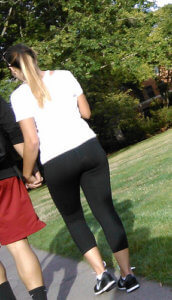 The good news is, the risks go down as you shape up. With every pound you lose, every bit of fat that you turn into muscle, your odds of being healthier go up.
The good news is, the risks go down as you shape up. With every pound you lose, every bit of fat that you turn into muscle, your odds of being healthier go up.
Irwin has found that brisk walking lowered levels of two major biomarkers, insulin and “insulin-like growth factors” (IGF), in postmenopausal women who had survived breast cancer. Both are linked to a higher risk of breast cancer. She also has noted that breast cancer survivors who are obese have a 33 percent higher risk of having cancer return, or of dying from breast cancer, than other survivors do.
However, women who lost 6 percent of their weight through exercise and diet had a 30-percent decrease in levels of a protein associated with breast cancer, and women who exercised after being diagnosed with breast cancer had as much as a 40-percent lower risk of having the breast cancer return, and of dying.
To sum up, people who lose weight and exercise can improve their odds of not dying from cancer significantly.
©Janet Farrar Worthington

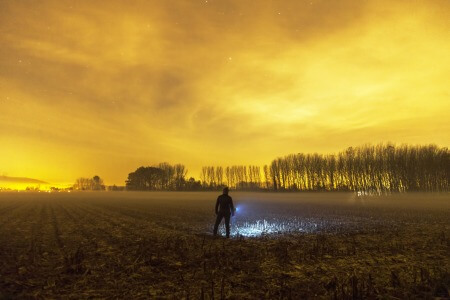 Do something mindless. Don’t just sit there staring at your computer or focusing on one monumental task. “To get a new perspective on something, we actually need to disengage from it,” Seppälä says. Don’t worry – your brain keeps right on working on a problem, even when you aren’t actively thinking about it. Take a shower, or go for a walk around the block, or empty the dishwasher. You and your brain will feel refreshed.
Do something mindless. Don’t just sit there staring at your computer or focusing on one monumental task. “To get a new perspective on something, we actually need to disengage from it,” Seppälä says. Don’t worry – your brain keeps right on working on a problem, even when you aren’t actively thinking about it. Take a shower, or go for a walk around the block, or empty the dishwasher. You and your brain will feel refreshed.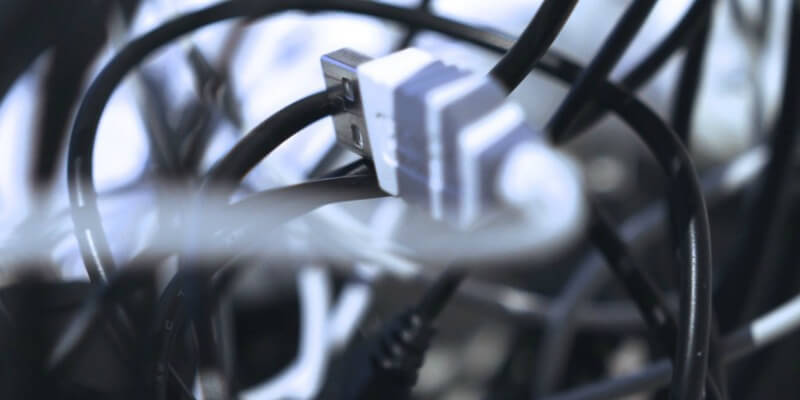 Even though her friends think her decision was nuts, she feels “rich,” she says, because the addiction was getting to her. “I hated that anyone, for any reason, could interrupt my life.” Worse, she adds, “I was constantly checking e-mails and social media, or playing games. When I found out I could download audiobooks, the earbuds never left my lobes. I was a hard user. I loved every second of it. I even slept with my phone by my side. It was what I fell asleep watching, and it was the alarm that woke me up. It was never turned off… It got so bad that I grew uncomfortable with any 30-second span of hands-free idleness. I felt obligated to reply to every Facebook comment, text, tweet and game request.”
Even though her friends think her decision was nuts, she feels “rich,” she says, because the addiction was getting to her. “I hated that anyone, for any reason, could interrupt my life.” Worse, she adds, “I was constantly checking e-mails and social media, or playing games. When I found out I could download audiobooks, the earbuds never left my lobes. I was a hard user. I loved every second of it. I even slept with my phone by my side. It was what I fell asleep watching, and it was the alarm that woke me up. It was never turned off… It got so bad that I grew uncomfortable with any 30-second span of hands-free idleness. I felt obligated to reply to every Facebook comment, text, tweet and game request.”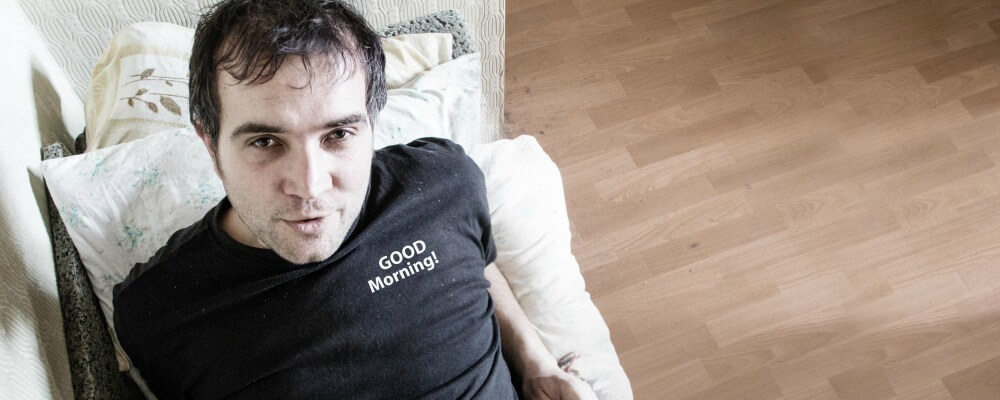 Maybe you made resolutions this New Year — things you want to do better, maybe a goal or two you hope to reach.
Maybe you made resolutions this New Year — things you want to do better, maybe a goal or two you hope to reach. Bacteria feast on sweat and oils.
Bacteria feast on sweat and oils.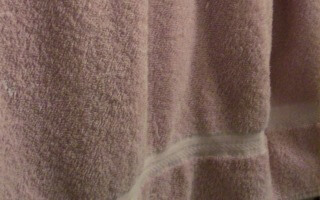 If your answer to how often you change your towels is, “when they stink,” or “when they get gross,” maybe you need to have a better plan.
If your answer to how often you change your towels is, “when they stink,” or “when they get gross,” maybe you need to have a better plan.  Good news for people who love barbecue, hot dogs, burgers, and steak cooked on the grill: It pays to eat your veggies.
Good news for people who love barbecue, hot dogs, burgers, and steak cooked on the grill: It pays to eat your veggies.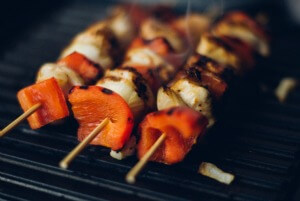 There is a twist to the story: Food safety pays off, too.
There is a twist to the story: Food safety pays off, too. 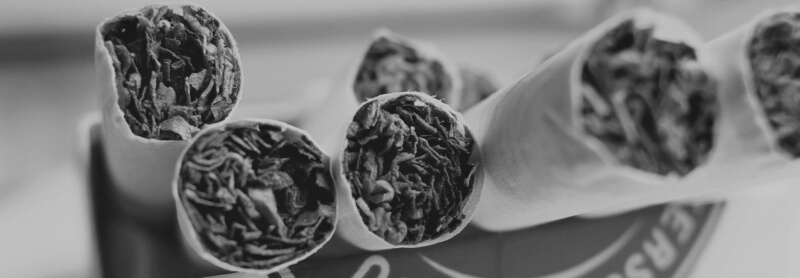 A broken heart.
A broken heart. Cold Weather.
Cold Weather.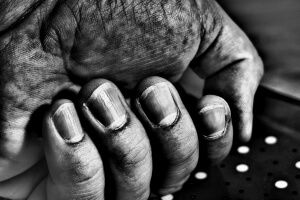 Eating a huge meal.
Eating a huge meal.  In 2002, when I ghostwrote the first edition of
In 2002, when I ghostwrote the first edition of  Imagine:
Imagine: